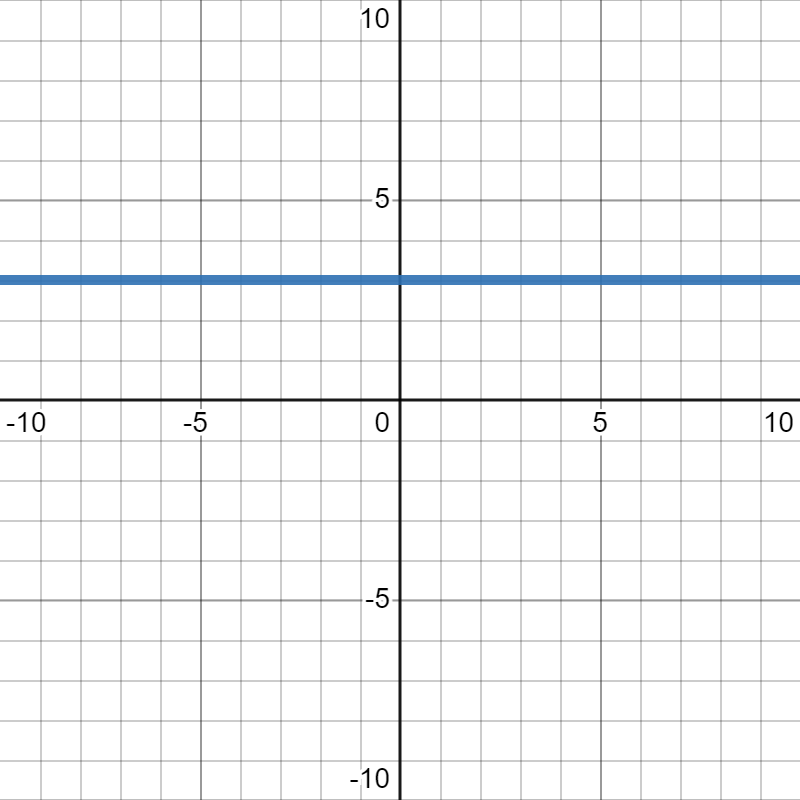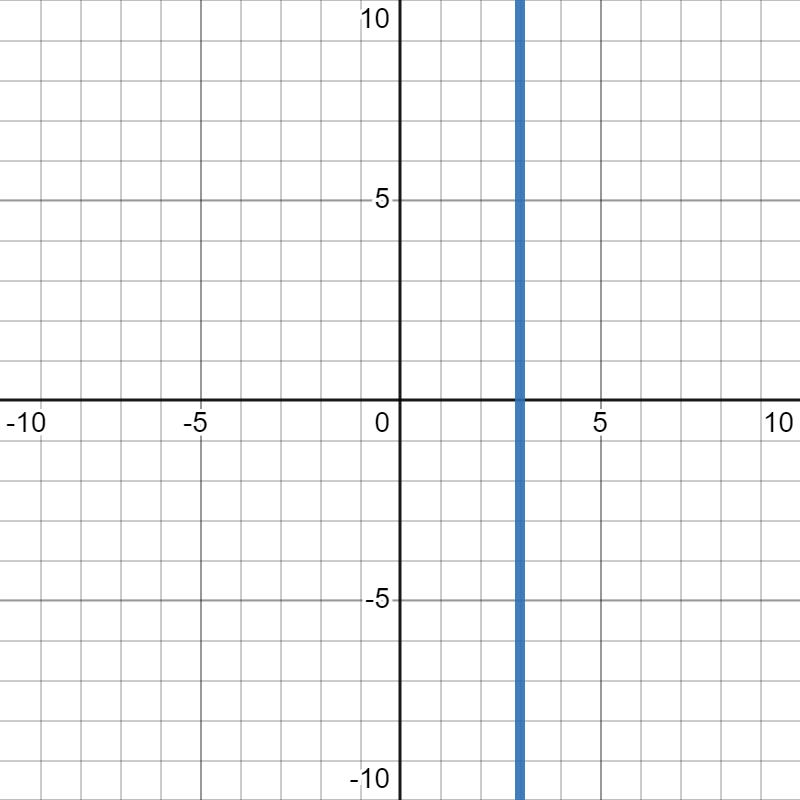We don’t know the slope, but we can use what we learned in
Section 5.1 to compute the slope:
\begin{equation*}
\dfrac{-18-(2)}{1-(-3)}=\dfrac{-20}{4} = -5
\end{equation*}
So we can plug the slope into our formula:
\(f(x)=-5x+b\text{.}\) In this case, we have two points we could plug in to find
\(b\text{.}\) We can pick either one, they’ll both give us the same answer. Let’s try using
\((-3,2)\text{.}\)
\begin{align*}
2 \amp= -5(-3)+b\\
2 \amp= 15 + b\\
-13 \amp=b
\end{align*}
Let’s check our answer by plugging in the other point:
\begin{align*}
-18 \amp= -5(1)+b\\
-18 \amp= -5 + b\\
-13 \amp=b
\end{align*}
We got the answer for
\(b\text{,}\) which is what should happen! So we have our final answer:
\(f(x)=-5x-13\text{.}\)

